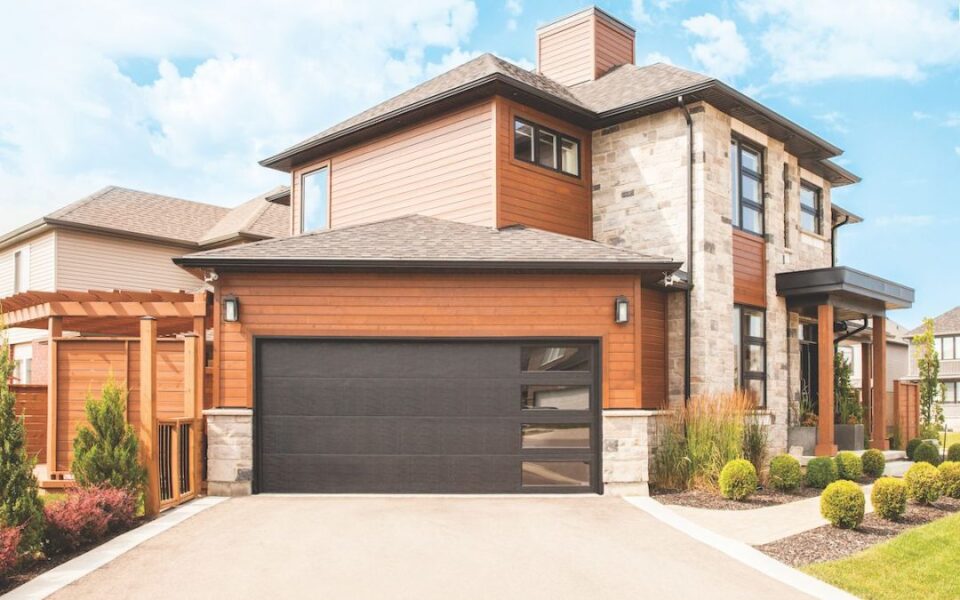Your garage door is exposed to various weather elements throughout the year, significantly impacting its performance, appearance, and longevity. The weather affects your garage door’s components, from extreme temperatures to humidity, precipitation, and wind, leading to repairs or premature replacement.
Extreme temperatures
- Heat – During high temperatures, the metal elements of your garage door, including springs, tracks, and panels, expand. This expansion can lead to misalignment, resulting in difficulty when opening and closing the door smoothly. Moreover, intense heat accelerates the breakdown of lubricants, heightening friction and accelerating wear on moving components.
- Cold temperatures cause metal components to contract, making the door more complicated to operate. In freezing conditions, moisture accumulates on the door and freezes, causing the door to stick to the ground or weather stripping. Cold weather also makes the door’s material more brittle and prone to cracking or breaking.
To mitigate the effects of extreme temperatures, ensure that your garage door is adequately insulated and weatherproofed. Consistently lubricating moving components helps minimize friction and ensures smooth functioning. In cold weather, apply a silicone-based lubricant to the bottom of the door to prevent it from sticking to the ground.
Precipitation (Rain, Snow, and Ice)
- Water damage – Rain or melting snow can seep into the garage door’s components, causing rust, corrosion, or electrical issues. Water can also damage the door’s finish or paint, leading to cosmetic problems.
- Ice buildup – In cold weather, melting snow or rain can refreeze the door or the ground before it, creating a layer of ice. This prevents the door from opening or closing correctly and poses a safety hazard.
- Snow accumulation – Heavy snow accumulation on or around the garage door can put extra strain on the opener and springs, leading to damage or failure.
To minimize the impact of precipitation, ensure your garage door is properly sealed and weatherproofed. Install a drainage system or slope the ground away from the door to prevent water from pooling. Regularly clear snow and ice from the door and the area around it, and avoid using excessive force to open or close the door when it’s obstructed by ice or snow.
Seasonal maintenance
Implement a seasonal maintenance routine to keep your garage door in top shape throughout the year.
- Spring – Inspect the door for winter damage, lubricate moving parts, and test the balance and alignment.
- Summer – Check weatherstripping and seals for wear, clean and lubricate moving parts, and inspect for heat damage or wear signs.
- Fall – Prepare the door for winter by checking insulation, weatherproofing, and seals. Lubricate moving parts and address any issues before cold weather sets in.
- Winter – Monitor the door for ice buildup or obstructions, clear snow and ice promptly, and avoid forcing the door open or closed if it’s frozen.
By staying proactive with seasonal maintenance, you identify and address weather-related issues before they cause significant damage or require costly repairs.
Professional inspections and repairs
While regular DIY maintenance protects your garage door from weather-related problems, scheduling professional inspections and repairs as needed is essential. A trained garage door technician identifies potential issues, performs necessary adjustments or repairs, and provides expert advice on protecting your door from the elements. If you notice any signs of weather damage or malfunction, such as uneven movement, unusual noises, or visible damage, contact a professional frederick garage door repair service promptly to prevent further deterioration.

